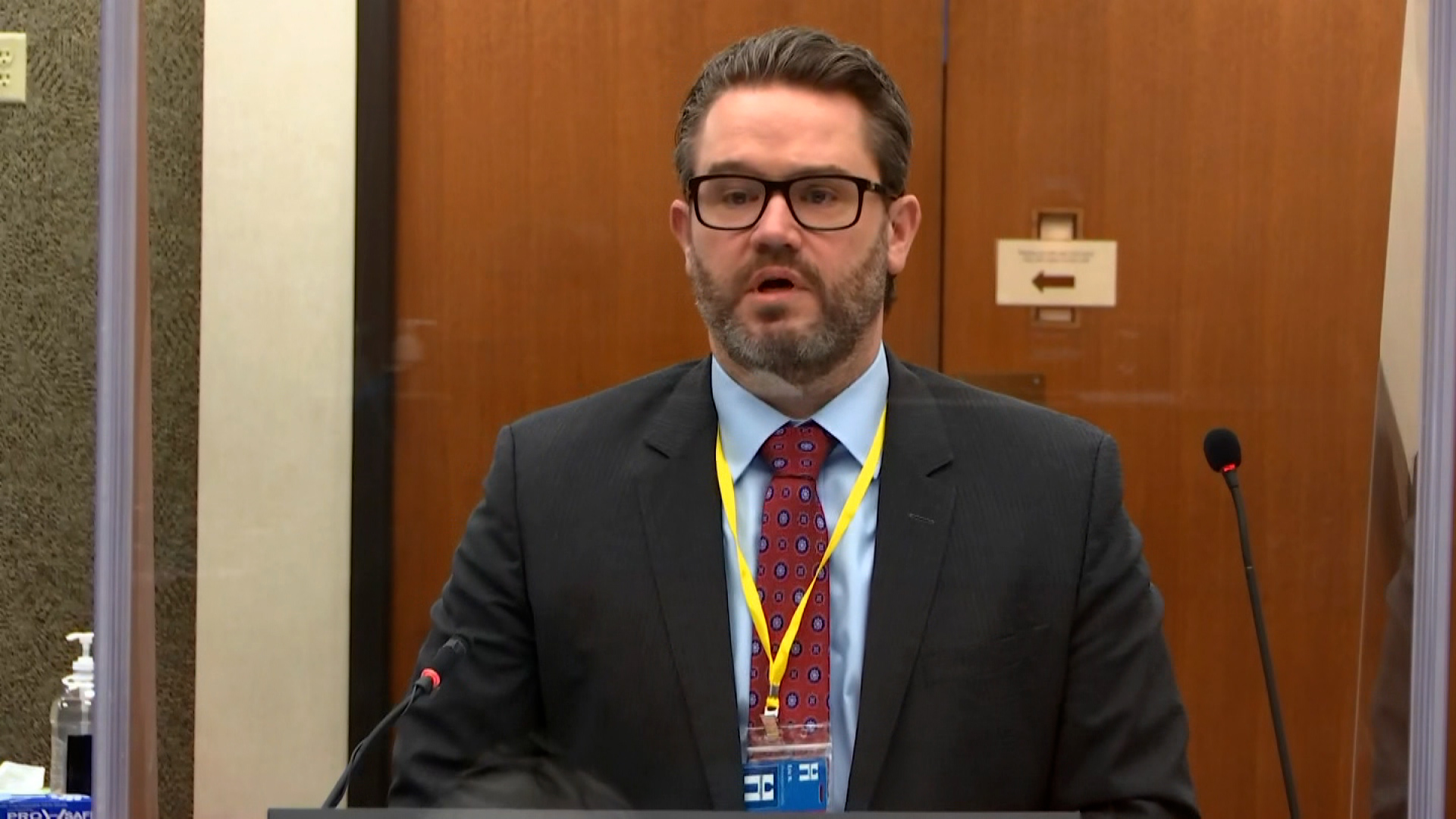
Defense attorney Eric Nelson is now cross-examining Minneapolis Police Department Sgt. Ker Yang.
Yang serves as the department’s crisis intervention training coordinator.
The defense asked Yang what potential signs of aggression they train officers to watch for during a situation.
Citing a training document, Yang said these signs could be things like “raised voice, rapid breathing, muscle tension, agitation, pacing.”
Yang said the department also trains officers on what to look for in bystanders and people observing. He said the training aims to teach officers how to evaluate the entire situation, beyond how they are interacting with a suspect they are trying to arrest.
The critical decision-making model is not limited to just the suspect, but the totality of the circumstances, including citizen bystanders, Yang testified.
The critical decision-making model is a dynamic process and can include earlier interaction with a suspect, training, tactical decision making, knowing medical help is on the way, officer safety and things that may not be apparent to bystanders.
Creating time and distance is an important part of the de-escalation process, Yang told defense lawyer Nelson.
An officer should try to stay confident, maintain space, speak slowly and softly and avoid eye contact, according to their training Yang agreed.
Officers could be dealing with multiple people in crisis, including a suspect, bystanders or other officers and the officer has to take all of that into consideration and apply to the critical decision-making matter, he said.